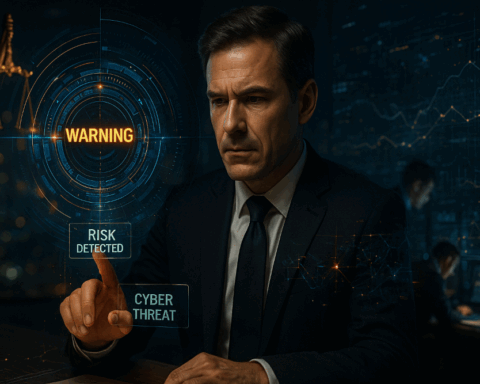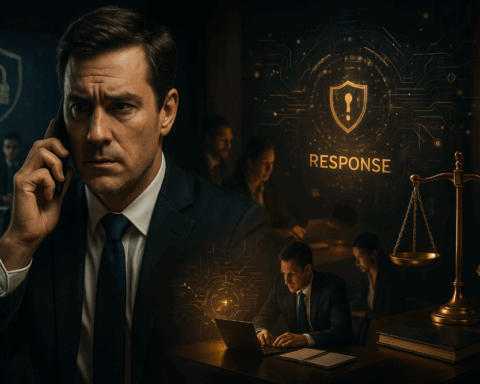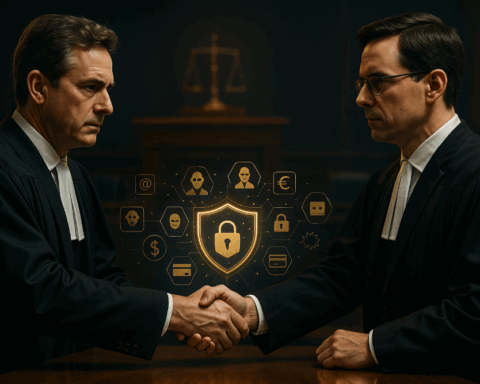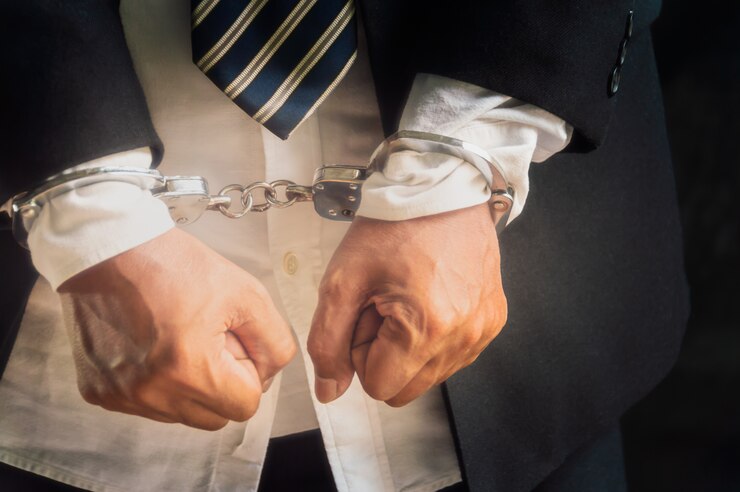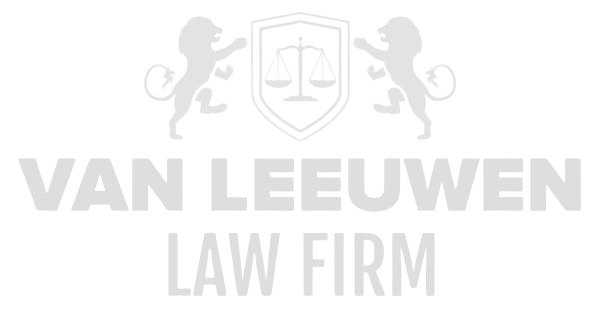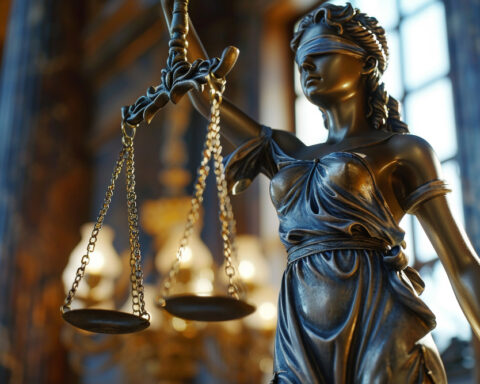In an era marked by rapid globalization, digitalization, and evolving societal expectations, the significance of integrity and compliance has undergone a profound transformation. For national and international corporations, their directors and supervisors, and for government bodies, integrity and adherence to laws and regulations are no longer optional ideals but absolute prerequisites for sustainable and responsible operation. Any suspicion of financial or economic wrongdoing—such as fraud, money laundering, corruption, or breaches of sanctions—can have far-reaching consequences. Reputational damage is often immediate and severe, accompanied by legal, financial, and social complications that can persist for years. The commitment to act transparently and with integrity is therefore not only a moral or ethical choice but a strategic necessity that determines an organization’s survival at home and abroad.
Recognizing risks and developing a robust compliance framework is not a one-time effort. It requires constant vigilance, in-depth knowledge of the legal landscape, a culture of accountability, and the ability to respond swiftly and decisively when integrity issues arise. Particularly when a company or public authority is accused of economic crime, not only its legal standing is at stake but also the continuity of operations, stakeholder trust, and the ability to continue operating in regulated markets. In such cases, the damage extends beyond fines and penalties to include loss of market share, investor confidence, and the loyalty of customers and employees.
Threats to Continuity and Reputation
When an organization faces allegations of economic or financial crime, the continuity of its activities immediately comes under threat. Such accusations often paralyze internal decision‑making, disrupt external business relationships, and heighten the scrutiny of regulatory bodies with which the organization collaborates. Internal departments are inundated with investigations and audits, external partners may pause their dealings, and regulators impose stricter reporting and oversight requirements.
Reputational harm occurs almost instantly in both public and commercial spheres. The narrative portrayed by the media can be difficult to correct, even if the legal truth has yet to be established. Public and stakeholder trust—including that of banks, suppliers, clients, and shareholders—comes under strain, potentially leading to lost contracts, withdrawn investments, or the termination of long‑standing partnerships. Even if a company is eventually exonerated, restoring its reputation can be a prolonged and arduous process.
Reputation damage is not merely cosmetic; it impacts the bottom line. Declines in revenue, drops in share price, increases in insurance premiums, and the withdrawal of credit facilities are direct economic repercussions. Additionally, a climate of mistrust can emerge internally, as employees feel insecure about their positions and loyal managers depart to avoid personal liability or reputational fallout. This disrupts normal operations and weakens the company’s competitive edge.
Legal Complexity and Executive Liability
The legal implications of accusations of financial or economic crime are extensive. Companies and their executives face complex proceedings ranging from criminal prosecutions to administrative sanctions, civil lawsuits, and professional disciplinary actions. These processes often run concurrently across multiple jurisdictions and require a carefully coordinated legal strategy. Any misstep or incomplete response to an investigative request can lead to elevated charges or additional penalties.
Executive liability has significantly expanded in recent years. Regulators and supervisory authorities now demand not only organizational compliance but also that individual directors ensure the integrity of corporate conduct. In cases of negligence or inadequate oversight, executives can be held personally liable, facing severe financial and reputational consequences. This is particularly true in sectors like financial services, healthcare, infrastructure, and energy, which are subject to stringent compliance requirements.
Government bodies are also held to high integrity standards. Officials and civil servants may be personally accountable for oversight failures, flawed procurement processes, or conflicts of interest. In severe instances, this can lead to criminal prosecution and administrative sanctions, damaging not only the functioning of the institution but also public trust in governance.
International Oversight and Cross‑Border Risks
In a global marketplace, integrity and compliance oversight have become increasingly international. Regulators such as the U.S. Securities and Exchange Commission (SEC), the U.K.’s Serious Fraud Office (SFO), and the European Securities and Markets Authority (ESMA) wield extensive powers to conduct cross‑border investigations. These authorities increasingly collaborate by sharing information, coordinating inquiries, and imposing collective sanctions.
For businesses, this means navigating a complex web of domestic and international laws. An action permissible in one country may be criminal in another. Consider anti‑corruption laws like the U.S. Foreign Corrupt Practices Act (FCPA) or the U.K. Bribery Act—both have extraterritorial reach, meaning conduct outside the U.S. or U.K. can trigger prosecution if there is any connection to their jurisdictions.
Sanctions, embargoes, and other international measures can abruptly alter an organization’s legal position. Engaging with an entity on a sanctions list can immediately affect access to financial markets, insurance coverage, and operating licenses. Therefore, companies must maintain an up‑to‑date, globally aligned compliance program that adapts continuously to legislative changes.
Culture of Integrity as a Protective Mechanism
An effective compliance program does not begin with rules and procedures but with the organizational culture. A culture of integrity means that all employees—from senior management to frontline staff—understand the importance of honest conduct, take responsibility, and ensure transparency. It fosters an environment where risks are identified early and employees feel safe to report misconduct without fear of retaliation.
This culture must be deliberately cultivated through leadership by example and ongoing investment in awareness and training. Employees need to know not only what is expected of them but also why certain behaviors are unacceptable and what consequences they carry for themselves, their colleagues, and the organization as a whole. Compliance then becomes a shared responsibility rather than an imposed regime.
An organization that genuinely embeds integrity into its operations gains a powerful defense. Risks are detected early, and employees actively contribute to rule adherence and ethical decision‑making. In times of crisis, such a culture proves invaluable, providing the resilience, loyalty, and adaptability crucial for recovery.
Preventive Structures and Risk Management
Implementing preventive structures is essential to avert integrity breaches and manage risks effectively. This requires an integrated approach in which legal, financial, and operational departments collaborate on a comprehensive risk management policy. Tools such as risk reports, integrity assessments, and due diligence on business partners are integral to this strategy.
In high‑risk sectors—such as real estate, international trade, public procurement, and financial services—a proactive stance is indispensable. Conducting thorough background checks, reputation reviews, and legal status verifications before major transactions or partnerships can prevent many issues. This demands both technical expertise and sensitivity to international market dynamics and legal contexts.
Moreover, organizations need clear governance structures with well‑defined responsibilities and effective control mechanisms. Regular audits, reports to the supervisory board, and independent evaluations of compliance programs help detect deficiencies early and continuously refine processes.
Crisis Response and Investigations
Should an integrity crisis occur, a swift, coordinated response is critical. The first step is to determine the nature and scope of the problem. This necessitates a rapid internal assessment followed by an independent fact‑finding investigation. Thorough analysis of documents, emails, financial data, and interviews with key individuals forms the basis for informed decision‑making.
Concurrently, legal risks must be evaluated, and defense strategies prepared. Mapping potential criminal, civil, and administrative proceedings requires specialized expertise. Communications with regulators, judicial authorities, and—for publicly listed companies—shareholders and the media must be carefully calibrated according to the evolving situation.
Internal communication is equally important. Employees should be transparently informed about the status of the issue, the measures taken, and their roles. An open, honest, and reliable approach helps maintain calm, prevents speculation or leaks, and lays the groundwork for trust restoration by controlling the narrative.
Collaboration with Regulators and Enforcement Bodies
A cooperative stance toward regulators and enforcement agencies can be decisive in de‑escalating or resolving matters. By transparently sharing internal findings and demonstrating a willingness to cooperate, organizations can often negotiate more favorable outcomes or mitigated sanctions. This requires balancing cooperation with protecting the organization’s interests.
Every communication or commitment must be strategically planned and legally substantiated. Any statement or promise can influence subsequent legal proceedings or the liability of executives. Therefore, a multidisciplinary approach—combining compliance, criminal law, administrative law, and communications expertise—is essential.
In multi‑jurisdictional investigations, coordination is paramount. Differences in law, evidentiary standards, and negotiation cultures demand deep knowledge of international legal practices and the ability to present a unified position across borders.
Recovery and Strengthening Post‑Incident
Following the conclusion of legal proceedings and investigations, rebuilding trust and reputation is the next major challenge. Legal exoneration alone does not automatically restore reputation; it requires an active, strategically guided effort. This includes communication campaigns, governance restructuring, leadership changes, and the redefinition of core values.
Internal recovery is also vital. Employees must regain confidence in leadership, the organization, and the importance of integrity. Ongoing training, leadership development programs, and culture‑building workshops play a key role. Reestablishing a credible reputation takes time but is crucial for attracting talent, securing new contracts, and rebuilding partner and investor relationships.
Finally, an incident can serve as an opportunity. By learning from what went wrong, organizations can implement new standards and procedures that strengthen them. Thus, the path to recovery can also become a journey toward greater resilience, transparency, and sustainability.

